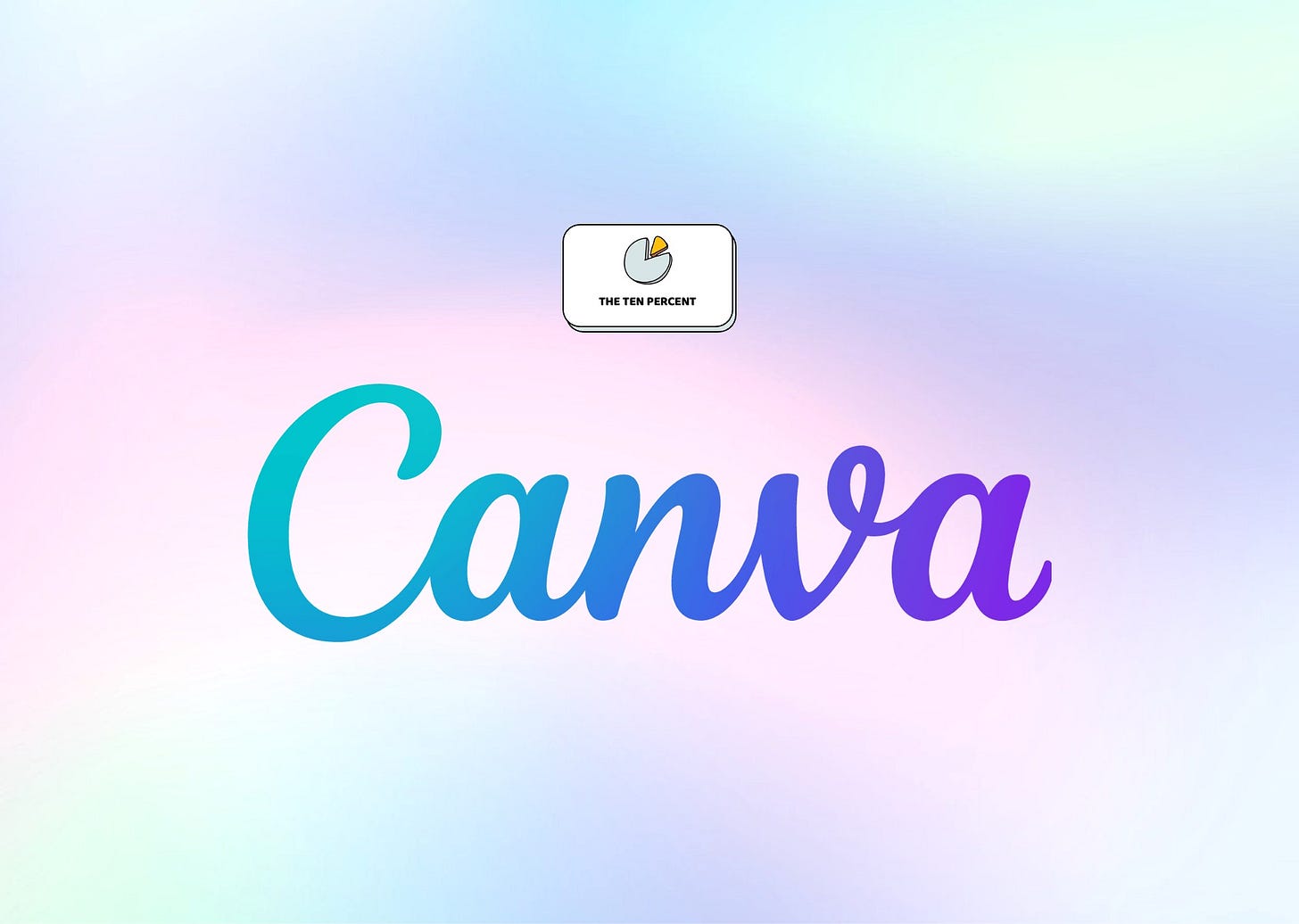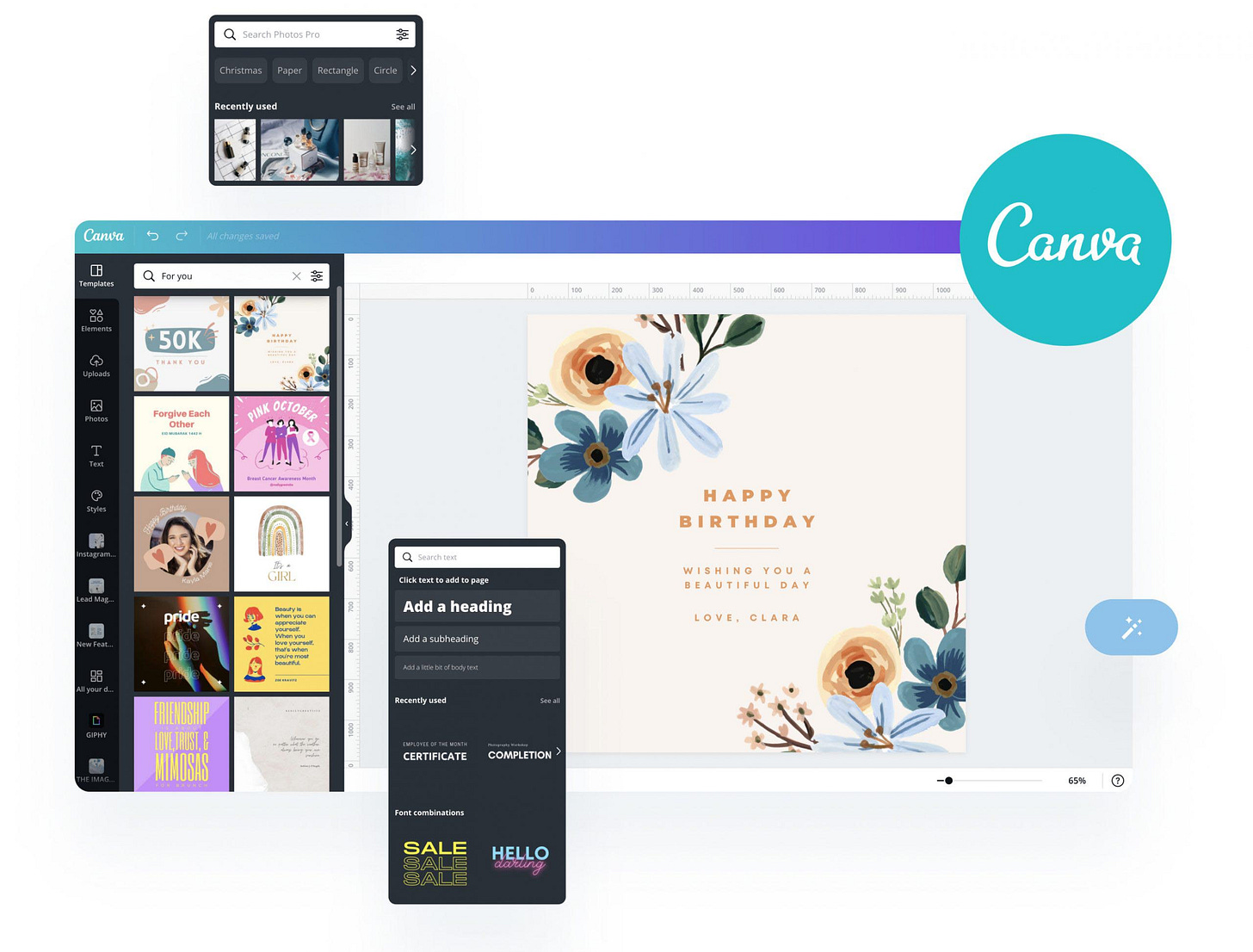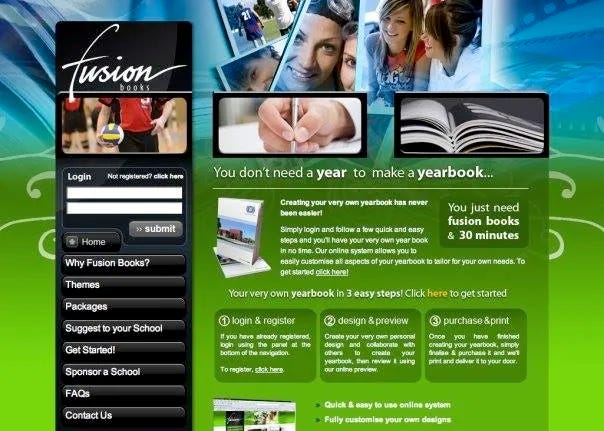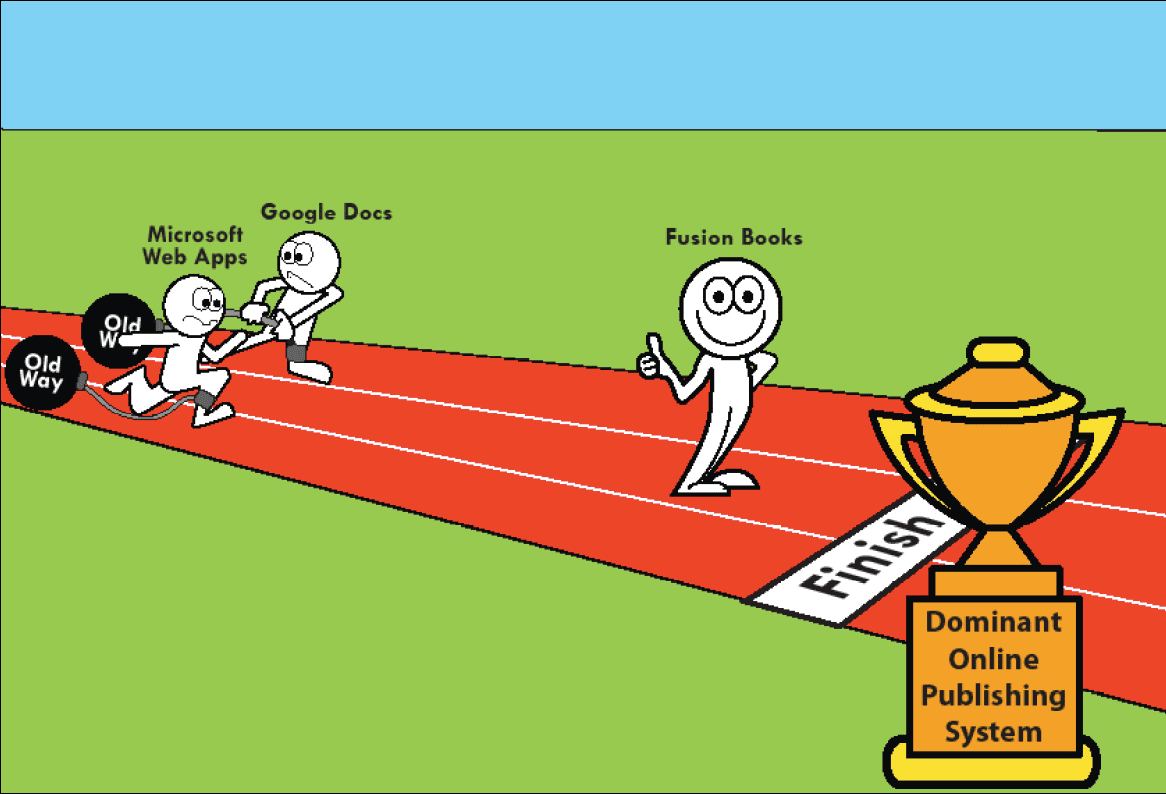🎨 How did Canva start
Inside Canva's Success: Key Early Moves
Hi, I’m Anthony! 👋 Every Week, I look at the 10% of startups that did not end up in the startup graveyard. Most analyses are done on mature companies which is not actionable for budding entrepreneurs. I want to understand what the founders did at the very beginning? What did they do before their startup became a household name?
If you haven’t subscribed yet, join the other folks interested in starting your own company by subscribing here:
Actionable Insights
Here are key takeaways I have learned from the decisions that Canva has made at the beginning of its journey.
🌟 Embrace Audacity in your Vision: Melanie Perkins and Cliff Obrecht, without a technical background, dared to challenge the status quo in design. Don't be afraid to pursue a bold vision, even if it contradicts the norm.
🎯 Start with a Niche Market: Canva's initial focus on yearbook design with Fusion Books exemplifies the importance of starting small. This means identifying a niche market where you can test and refine your idea. This approach allows for a deeper understanding of specific customer needs and provides a solid foundation for scaling your business.
🏄♀️ Unwavering Determination and Drive. Multiple setbacks and multiple closed doors did not faze Melanie. Despite that, she didn't wait for luck to find her; she actively sought it out and put herself on the path of opportunities, increasing the 'surface area' for luck.Company Background
Canva is challenging the design world, proving you don't need complex software like Adobe Photoshop to create stunning visuals. It's democratizing design, making it accessible and effortless for everyone, not just professionals.
With Canva, sophisticated design tools become user-friendly. Whether crafting an eye-catching Instagram post, a polished presentation, or a stylish flyer, Canva streamlines the process. It's a creative ecosystem, offering a diverse range of templates for everything from business cards to YouTube thumbnails.
In the current landscape where content is king, Canva stands out as a vital tool. It enables users to create visually compelling content without the steep learning curve of traditional design software. Canva is redefining design, opening doors for all to explore their creativity.
Founder's Background & Vision
Melanie Perkins and Cliff Obrecht, the duo behind Canva, break the mold of typical tech startup founders. At the heart of Canva's origin story, then known as Fusion Books, is a pair of young visionaries, aged just 19 and 21. Neither Perkins nor Obrecht came from a technical background. Yet, what they lacked in technical prowess, they made up for with a deep understanding of design challenges. Perkins, a part-time design program instructor at a university, experienced the world of design firsthand, giving her a unique perspective on the industry's needs.
Despite not fitting the typical tech-founder profile, Perkins harbored a vision grander than most: to redefine the future of publishing. They were not deterred by their perceived disadvantages and they had the audacity to try it.
Birth of Fusion Books
Design tools such as InDesign and Photoshop were the dominant choice for designers. But they look like this (and they still do to this day).
Not very intuitive right? Being a design teacher, Perkins experienced this frustration personally and thought that there had got to be a better way to make the design simpler and more collaborative.
"It would take a whole semester for students just to learn the basics. I realised the future of design would be entirely different, that it would be online, simple, collaborative and accessible to everyone."
- Melaine Perkins, Co-founder Canva
With this vision, Perkins and Obrecht took their first steps toward revolutionizing design. So they started with a familiar domain that they as students knew, yearbooks.
Since neither have any web development skills, they hired a software development firm to create the first version of a website called Fusion Books. It is a website where it is easy for folks to design and collaborate on yearbooks.
Once users are done designing, Fusion Books will handle the printing and delivery, monetizing the physical printing aspect of the process using their own printing presses.
With that, they are off the races.
Although they began in a niche field of high school yearbooks, Fusion Book was just a proof of concept, a litmus test for a much larger hypothesis: that design, in its current state, was a challenge for many.
If that is the case the technology they developed from Fusion Book is going to be much more powerful than just the yearbook market as we will see later.
Getting customers for Fusion Books
The customer acquisition process of Fusion Book was trying everything until something sticks. They experimented with:
Direct mail campaigns. They invested in paid advertisements, hoping to catch the eye of potential customers.
Attending expos. By being present where their target audience congregated, they increased visibility (Unfortunately there were more sellers than buyers).
Sending out samples. This hands-on approach allowed potential customers to see and feel the quality of their work.
According to Perkins, the most effective way was to send sample yearbooks and show their work to potential customers.
Give me the Money and I will give you Canva
Fusion Book was bootstrapped. They had a $50K loan, a rented Xerox printer, and a $5k tax refund to use for marketing. However, this financial constraint was a great learning experience for Perkins and Obrecht.
Allowed them to slowly figure things out
Kept their voice which might have been drowned out by VC funding
Required them to deeply understand their business and prioritize customer needs
Learned how to make profits, not revenue
Being bootstrapped is possibly the only route for the couple anyway. Their inexperience would mean it will be challenging to raise any sort of venture funding.
Within 4 years of operations, Fusion Books has become the largest yearbook provider in Australia. But Perkins has a greater vision than just yearbooks. She had the whole publishing industry in sight and needed more money to achieve that vision.
Mel is definitely the grand visionary, she had the vision when she was teaching design at university. We just attacked the grand vision at a micro-scale.
- Cliff Obrecht. Co-founder Canva
Raising venture capital was a hurdle for Perkins. She was based in Australia and had no connections. Doors were closed at every turn. So she put herself out there.
“But yeah, decided to give it a go because when you don’t have any connections, you don’t have any network, you just kind of have to wedge your foot in the door and wiggle it all the way through.”
- Perkins
Eventually, she found her big break in a serendipitous moment. At a business conference in Perth, Perkins met Silicon Valley investor Bill Tai. She got invited to kitesurfing (I know, stereotypical SV stuff) which opened doors for Perkins to meet more investors.
This meeting was pivotal, eventually leading to a $3 million seed round in 2013. And Canva was officially born.
Canva Core Team
Being a non-technical duo, Canva needed a highly technical co-founder to join the team. The chance connection with Bill Tai again proved instrumental in this quest, providing them access to a network and talent pool previously out of reach.
Bill introduced them to Lars Rasmussen (Founder of Google Maps) who would help to connect engineers to the Canva team and also serve as a screener for potential engineers that Perkins found.
This search for a technical co-founder was challenging and prolonged, largely due to Rasmussen's exceptionally high standards.
"I tried absolutely every single thing under the sun to find an amazing engineer that would meet Lars’s bar that appeared to be inordinately high."
-Perkins
Persistence and determination eventually paid off. Perkins convinced Cameron Adams to join the Canva team. Adams, recommended by Rasmussen, brought a wealth of technical expertise and experience to the table. His background and skills perfectly complemented Perkins and Obrecht's vision, making him an ideal choice for the role of technical co-founder.
"I was amazed by the beautiful way he’d coupled design and development. The little icons filled up magically, and the finishing touches on his product were absolutely stunning."
-Perkins referring to Adams
This hire is probably the most important hire for Canva in the early stages because it unlocked massive possibilities for the future of Canva and also signaled to investors that they are now a complete team.
The Rise of Canva
With the funding and people in place, the first iteration of Canva was made. It was a breath of fresh air compared to legacy design tools. It allowed users access to:
Pre-made Templates: Offering a variety of designs for various needs.
Simple Design Guidelines: Making the design process more approachable.
Rich Media Library: Over 1 million photographs, fonts, and graphics
All are available in a drag-and-drop style.
To further ease new users into the world of design, Canva developed a simple how-to guide.
This guide wasn't about complex design concepts; instead, it offered straightforward challenges like changing the color of a circle or adding a hat to a monkey. These small, engaging tasks were important in acclimatizing users to Canva's platform, reducing the fear factor often associated with design software.
Although the early version of Canva had templates and guidelines that were cheesy and restrictive, that was also kind of the point. It was aligned with Perkins's vision that design is supposed to be simple and easy.
Getting users for Canva
Armed with the experience gained from Fusion Books, Canva's founders approached customer acquisition for Canva with a refined strategy. They focused on two key areas: leveraging relevant communities and emphasizing Canva's practical use cases.
Leverage communities
Canva was to be released as a beta in 2013 before its official public debut. For its beta, it had 2 goals, to generate a buzz and to test its products.
To generate buzz, Canva went where the design folks hang out. They reached out to the design community, to adjacent groups that needed some design help. On top of that Perkins and Obrecht also badgered the press to cover their seed group and reached out to many other channels like blogs, podcasts, and conferences to offer their audience early access.
Furthermore, users that are enthusiastic enough to tweet directly at Canva were often onboarded almost immediately and professional designers that emailed them could also skip the line. This allowed for a mix of initial beta users:
Pro designers: Constantly suggest features for the team
Prosumers: Test of the usability of the platform
Although this tactic might seem simple, the waitlist for the beta grew to almost 50k people before their public debut.
Focusing on use cases
The second method that Canva used to acquire customers was to focus on the specific use cases of Canva. Basically, what would people use Canva for and make it extremely easy for them to do that?
In 2013, Facebook was the cool thing and many small businesses were moving onto the platform and there was a clear need for designs that could capture attention on the platform.
And Canva provided that, with its easy-to-use templates, perfectly sized for Facebook posts. This simplicity was enhanced by features that allowed users to invite colleagues for collaboration and facilitated sharing with one-click buttons.
It was a textbook example of Product-Led Growth, where the product's inherent qualities – its templates and collaboration tools – drove user acquisition and expansion.
This strategic approach not only secured an initial user base for Canva but also laid the groundwork for its continued growth and popularity. By focusing on the product's utility and the needs of its users, Canva was able to establish itself as a go-to design tool, paving the way for its success in the years to follow.
Leaving you with a thought from Perkins herself.
"One thing that has kept me going is the belief that if I work really hard, I can usually succeed at whatever I put my mind to — maybe not on the first try, but by the hundredth (or more) tries I’ll nail it. Learning this at a young age has been like a magical superpower my whole life because it becomes a self-fulfilling prophecy."
Melaine Perkins, Co-founder of Canva












I was an og beta tester for Canva, and later (oct. 2022ish maybe?) I beta tested the first Ai text to image generation through Canva. I knew it was going to change the art world, so I documented the journey. Its here for free to read on my substack. some of the first Ai images were just plain scary lol. hands out of peoples heads, distorted body parts lol it came a long way fast thats for sure. Canva found me in an adobe photography facebook group for fine art conceptual photographers. We often added textures and layers to designs, canva was WAY easier to use than photoshop! and still is!